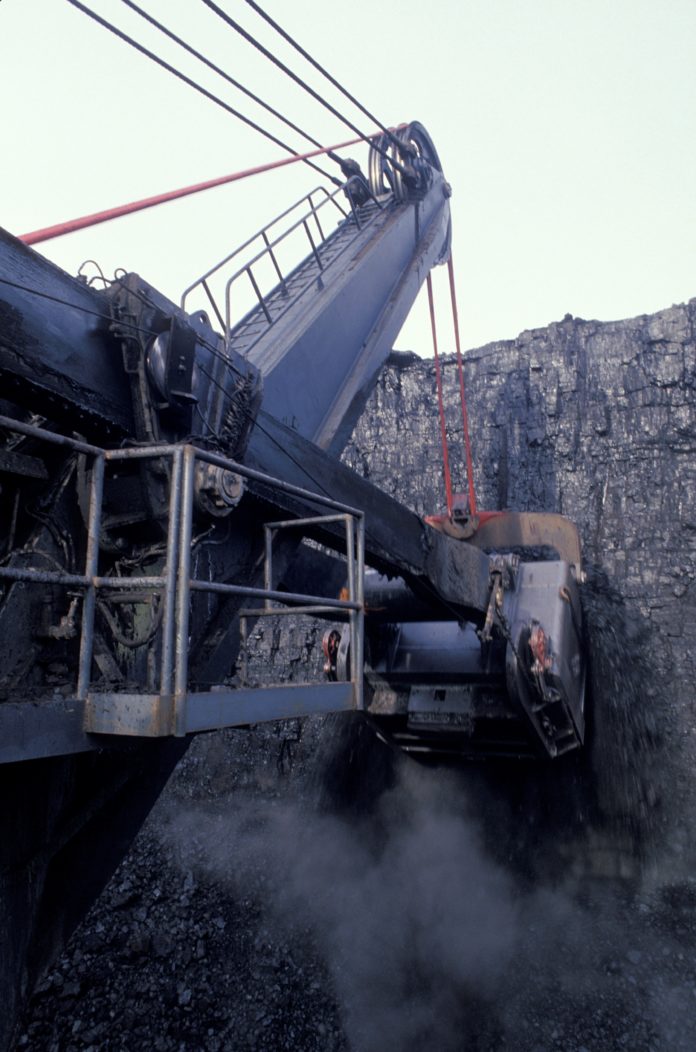CMA’s Coal, Hardrock and Uranium Committees meet jointly each month and provide members the opportunity to not only keep up to date on policy issues CMA is working on, but also the chance to interact with other CMA members. We find engagement among members at CMA meetings to be especially beneficial at these meetings. At the August meeting we were fortunate to have two representatives of the EPA Region 8 in attendance. Patrick Davis, senior advisor for public engagement to the EPA region 8 regional administrator in Denver, made brief comments about EPA’s Smart Sectors Program an effort by the agency to collect comments about how EPA can work more collaboratively with selected industries. Mining, oil and gas, agricultural industries and outdoor tourism are the areas of focus for region 8. View links to summary documents of the Smart Sectors Program meeting presentations in both Colorado and Montana.
Joy Jenkins, remedial project manager for EPA region 8, briefed CMA members about EPA’s efforts to understand tools created in guidance documents in 2007 and 2012 designed to expedite cleanups of abandoned mines. Joy mentioned EPA’s participation at the MMSA Good Samaritan seminar in April which generated ideas for the agency’s future consideration. EPA has recently engaged in demonstration projects and certain “dirt” projects that don’t involve water treatment. The committees discussed a number of items related to Colorado’s air quality and water quality programs as they affect mining and general industry sectors. Both the Air Pollution Control Division and Water Quality Control Division have stakeholder processes intended to provide feedback from permittees and the public regarding efficiencies and programmatic issues discussed during legislative consideration of funding of the two Divisions. CMA is actively participating in the Air Pollution Division’s Stationary Source Control Fund Stakeholder process in conjunction with the Colorado Association of Commerce and Industry. The stakeholder process is intended to:
- Assess improvements in efficiency for activities funded by the fees.
- Identify and assess measures to improve billing practices and increase transparency of accounting practices.
CMA is hosting bi-weekly conference calls to update members about the meetings and get direction from members so that we can fully participate in the process. A link to the Division’s webpage that provides information and updates about the stakeholder process can be found here.
As Dianna Orf has covered in her report, another stakeholder group CMA is engaged in is the CDPHE TENORM Regulation Development Stakeholder process which will convene a stakeholder group to discuss the development of rules and the impact TENORM rules might have on various industries.
Activities related to this process include:
- Review TENORM residual management and regulatory limits from other states
- Prepare a report that considers background radiation levels in the state, waste stream identification and quantification, use and disposal practices, current engineering practices, appropriate test methods, economic impacts and data gaps
- Develop a proposed residuals management rule based on the report
- At our July meeting, Jennifer Opila, newly named director of the Hazardous Materials and Waste Management Division, visited with our committee and explicitly requested CMA send a letter as a part of the stakeholder process stating CMA believes the definition of TENORM not include soils simply moved as a part of the mining process. CMA anticipates aggressive efforts to broaden the definition of TENORM by entities who testified for expansive regulations during legislative debate, and those wishing to limit the number of facilities defined as TENORM. The link to the Division’s TENORM stakeholder webpage can be found here.
- David Berry, regional director of the Western Regional Office of Surface Mining Reclamation and Enforcement (OSMRE), will speak at our September committee meeting.








